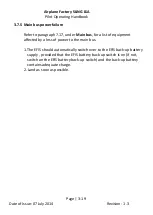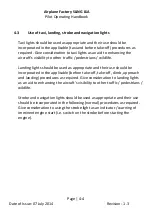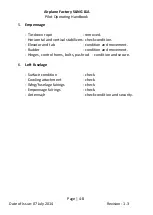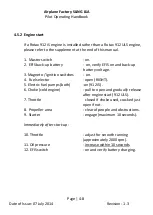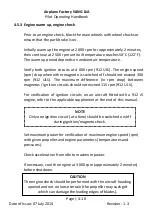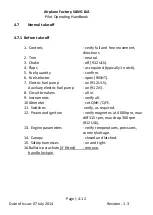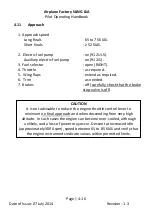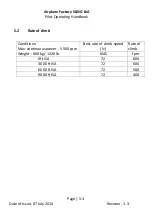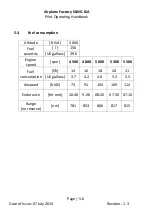
Airplane Factory SLING LSA
Pilot Operating Handbook
Page | 4-11
Date of Issue: 07 July 2014
Revision : 1.3
4.6
Taxi
1. Flaps
- up.
2. Brakes
- off (carefully verify that the stop brake
valve (park brake) is off).
3. Controls
- neutral position, or as required for wind.
4. Power and brakes
- as required.
5. Brakes
-verify.
6. Instruments
-verify.
Apply power and brakes as needed. Apply brakes to control movement on
ground. Taxi carefully when wind velocity exceeds 15 knots. Hold the
control stick in neutral position or as required, using conventional
techniques.


